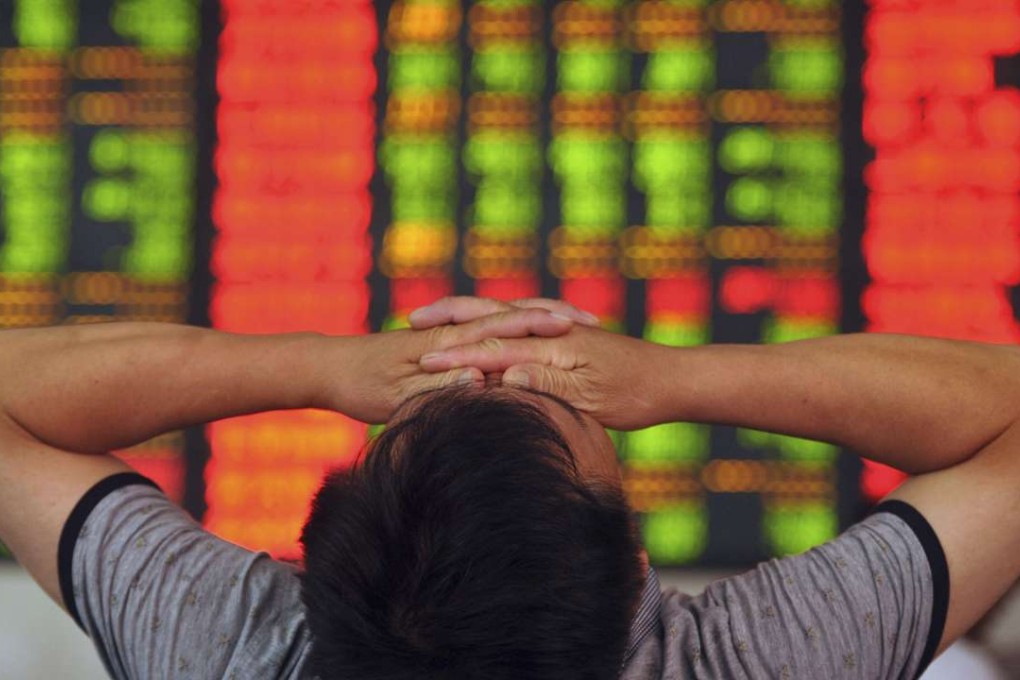Few lessons learned one year after China’s great market crash
Beijing says it wants to allow market forces to dictate stock prices but refuses to give up control when trading goes against policy, experts say

July 4, 2015, will not be remembered with any fondness by Chinese officials.
It was supposed to be the day that a closed-door meeting rescued China’s stock market. But it proved a dramatic failure.
At the zenith of Beijing’s campaign to end the rout, bosses of the country’s biggest brokerages had been summoned to the head office of the China Securities Regulatory Commission (CSRC) that morning to talk about dealing with a crash that had wiped off a third of the market’s value in three weeks.
One lesson China should learn from its stock market rout
Yet the assembled who’s who of the securities industry and their solutions not only failed to revive the market, but also triggered fresh plunges.
More than a third of listed companies, or nearly 1,000 stocks, hit the daily limit for losses on the first day of trading after the meeting and more than 1,700 stocks hit the limit for losses on the next trading day. Instead of bringing hope to the market, Beijing’s efforts had amplified the panic.

On top of Beijing’s failed mission, the subsequent market fall was a reminder of the inherent contradictions of having intrusive state intervention and a truly international stock market.
